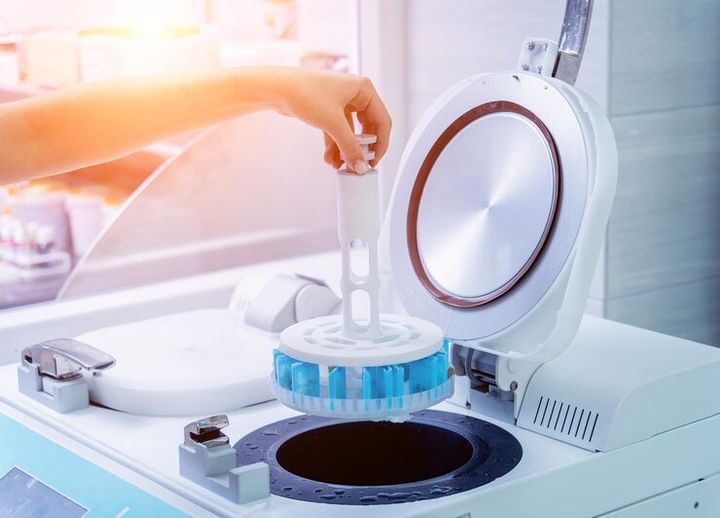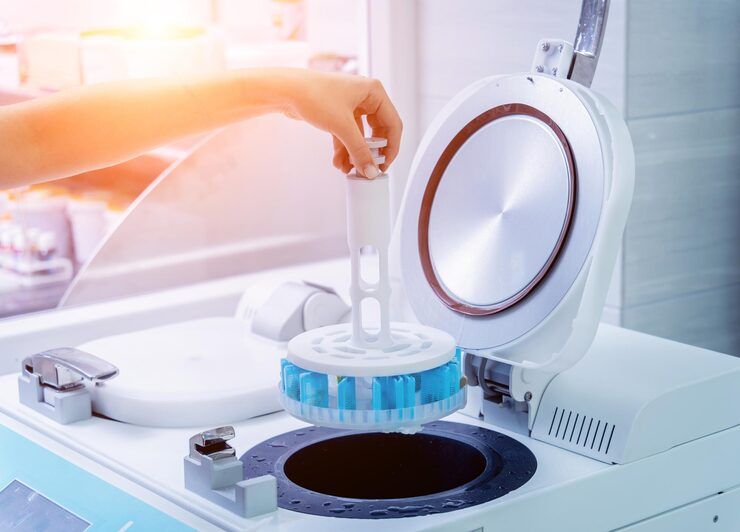
Ultrasonic Cleaning Machines: Complete Guide to Principles, Components, and Applications
Ultrasonic cleaning machines are devices that use high-frequency sound waves transmitted through a liquid medium to remove contaminants from objects immersed within. In principle, the machine’s transducer converts electrical energy into ultrasonic vibrations, typically between 20 kHz and 40 kHz or higher. These vibrations travel through a cleaning solution and create microscopic bubbles that form and collapse rapidly—a process called cavitation.
This technology exists because many items—especially those with complex shapes, tiny crevices, or intricate geometries—cannot be cleaned effectively by manual scrubbing or conventional washing. Ultrasonic cleaning provides a non-mechanical way to reach hidden surfaces and remove oil, grease, and other particles.

On a basic component level, an ultrasonic cleaning machine includes a tank filled with a cleaning solution, a generator and transducer to produce ultrasonic waves, a basket or holder for the workpiece, and optional heating, filtration, or rinse systems.
Importance
Ultrasonic cleaning plays an important role across many sectors because of its ability to deliver precise and consistent results.
-
High cleanliness standards: Industries such as electronics, medical instruments, aerospace, jewellery, and automotive manufacturing require extreme surface cleanliness. Even small residues can cause corrosion, malfunction, or contamination.
-
Efficient and uniform cleaning: The cavitation process cleans deep recesses, blind holes, and complex geometries that manual cleaning cannot reach.
-
Process control: In laboratories or manufacturing environments, ultrasonic cleaning offers consistency, making it easy to validate and document cleaning processes.
-
Sustainability: The method uses fewer harsh chemicals and less manual labour, often reducing waste compared to conventional cleaning.
-
Accessibility: Small workshops, such as those in jewellery repair or watchmaking, can use compact units to achieve professional cleaning results.
Ultrasonic cleaning affects anyone responsible for maintaining precision parts, ensuring reliability of instruments, or meeting quality and cleanliness standards. It helps solve problems such as incomplete cleaning, hidden contamination, long manual cleaning times, and potential damage caused by abrasive methods.
Recent Updates
Over the past year, ultrasonic cleaning technology has continued to evolve. Several new developments are shaping its modern use:
-
Healthcare and medical instruments: There is growing emphasis on validated ultrasonic cleaning cycles and appropriate chemical selection for surgical and dental tools.
-
Multi-frequency systems: Newer ultrasonic cleaners use adjustable or sweep-mode frequencies to provide more uniform cavitation and prevent “dead zones” in the tank.
-
Safety in solvent cleaning: Increased awareness of risks related to flammable solvents has led to safer, explosion-proof equipment and improved ventilation standards.
-
Integration with automation: Modern manufacturing facilities are integrating ultrasonic cleaning into automated lines, allowing monitoring of cleaning parameters through sensors and digital control systems.
-
Expansion to new materials: Ultrasonic cleaning is increasingly used in precision cleaning of 3D-printed parts, micro-electronics, and advanced aerospace components.
These updates reflect a wider trend toward smarter, safer, and more sustainable industrial cleaning processes.
Laws or Policies
Ultrasonic cleaning machines are influenced by several laws and regulations depending on their use and location.
-
Medical devices: In many countries, ultrasonic cleaners used for medical instrument reprocessing are classified as general-control devices and must comply with healthcare equipment regulations.
-
Safety standards: Equipment handling flammable solvents must follow fire-safety and electrical-safety codes. Explosion-proof designs and proper ventilation are often required.
-
Environmental compliance: Disposal of used cleaning solutions, chemical residues, and wastewater must comply with environmental protection and pollution-control standards.
-
Occupational health and safety: Operators must follow safety guidelines for chemical handling, personal protective equipment (PPE), and noise exposure.
-
Quality standards: In industries like aerospace, pharmaceuticals, and electronics, ultrasonic cleaning may need to meet strict quality management standards, including validation and documentation of the process.
In India and other regions, manufacturers and users must also follow national electrical safety regulations and packaging rules applicable to electronic equipment.
Tools and Resources
A range of resources can help professionals understand, maintain, and improve ultrasonic cleaning processes:
-
Technical guides and manuals explaining ultrasonic principles, tank design, and cleaning chemistry.
-
Cycle-time and tank-size calculators to estimate the correct parameters for cleaning efficiency.
-
Maintenance checklists for routine bath inspection, degassing, and transducer performance testing.
-
Specification sheets and comparison tables highlighting different machine types—single-tank, multi-tank, or immersible systems.
-
Templates for validation and documentation of cleaning cycles, useful in laboratories and regulated industries.
-
Industry forums and publications sharing updates on ultrasonic cleaning innovations, safety practices, and environmental compliance.
These resources are valuable for engineers, technicians, and quality professionals seeking to optimise cleaning performance and maintain compliance.
FAQs
Q1: How does an ultrasonic cleaning machine remove dirt?
Ultrasonic sound waves create alternating high- and low-pressure zones in the cleaning liquid. During low pressure, tiny bubbles form; during high pressure, they collapse violently, releasing small bursts of energy that dislodge contaminants from surfaces.
Q2: What materials should not be cleaned ultrasonically?
Items made from very soft metals, porous materials, glued parts, delicate optics, or electronics not designed for immersion may be damaged by ultrasonic cleaning. Always check material compatibility before use.
Q3: Does ultrasonic cleaning sterilize items?
No. Ultrasonic cleaning removes dirt and debris but does not kill microorganisms. It is often a pre-cleaning step before sterilization or disinfection.
Q4: What factors affect ultrasonic cleaning performance?
Effectiveness depends on the ultrasonic frequency, cleaning solution type and temperature, bath degassing, load placement, and cycle duration. Lower frequencies are more aggressive, while higher frequencies are gentler for delicate parts.
Q5: Are there safety precautions when using ultrasonic cleaning machines?
Yes. Operators should use protective gloves and goggles, avoid skin contact with chemicals, ensure proper ventilation, and use hearing protection if necessary. When cleaning with flammable liquids, only explosion-proof systems should be used.
Conclusion
Ultrasonic cleaning machines provide a reliable, efficient, and scientifically sound way to clean complex items in many industries. By using ultrasonic energy and cavitation, they deliver deep and uniform cleaning even on intricate parts where traditional methods fail.
As demand for precision and cleanliness grows, ultrasonic cleaning is becoming essential in manufacturing, healthcare, and maintenance applications. Continued innovations—such as multi-frequency operation, automation, and environmentally responsible cleaning fluids—are making these systems safer and more effective.
Understanding the principles, selecting proper cleaning solutions, following safety standards, and maintaining equipment regularly ensures consistent performance and compliance. With these best practices, ultrasonic cleaning machines remain a cornerstone of modern precision cleaning technology.










